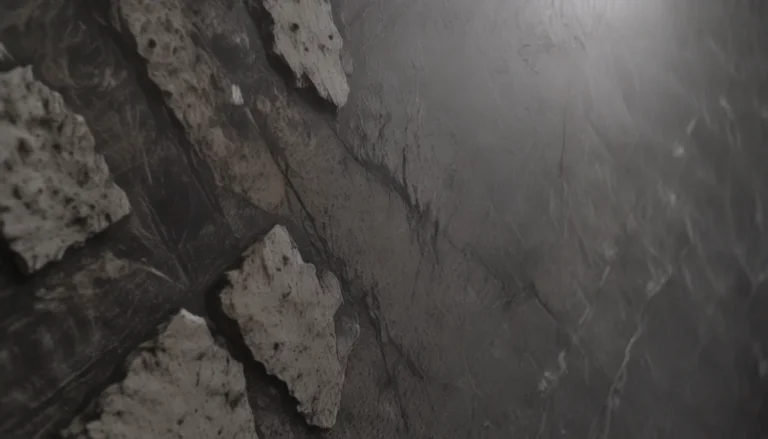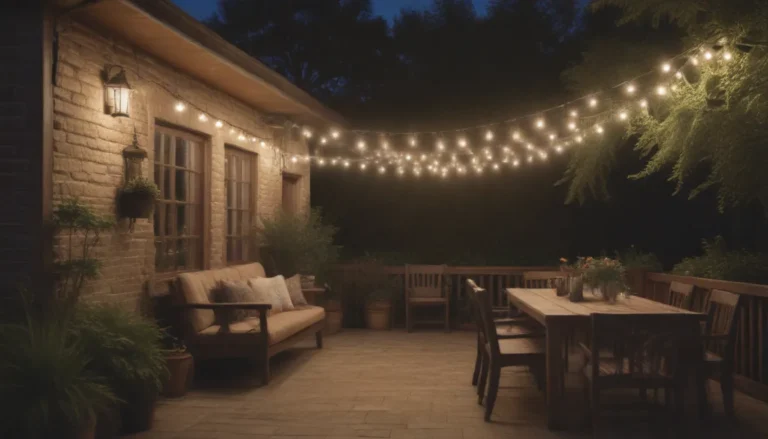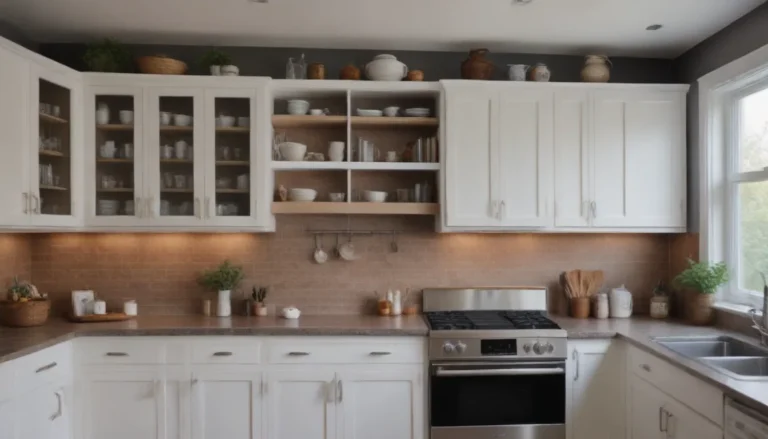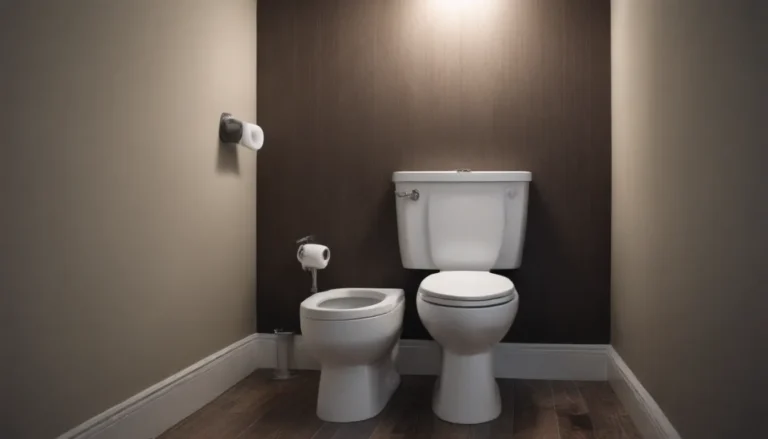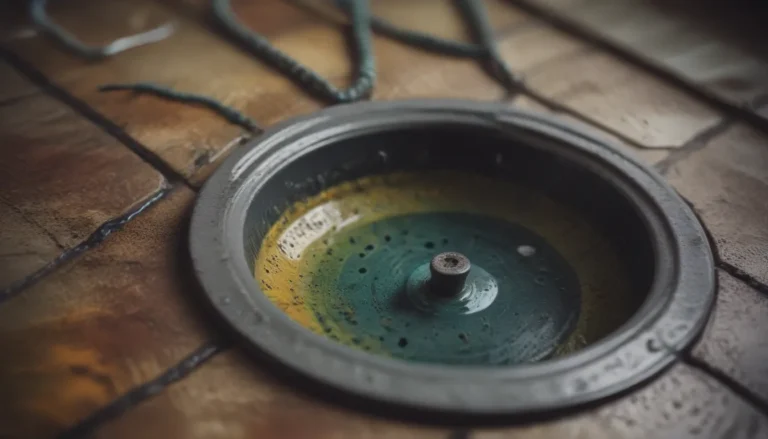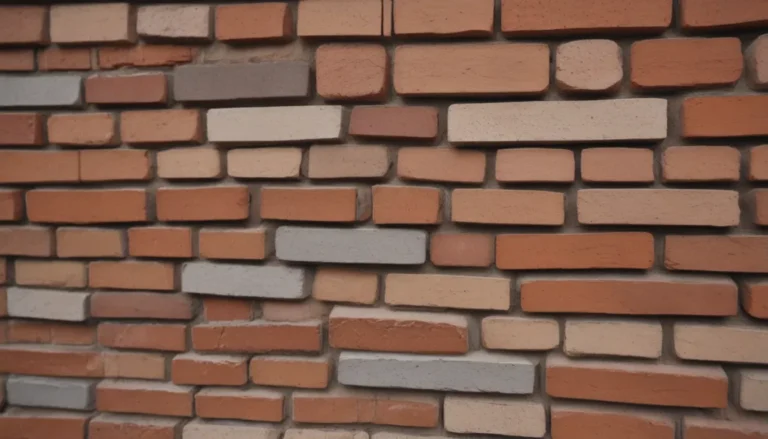The Benefits of Keeping a Popcorn Ceiling
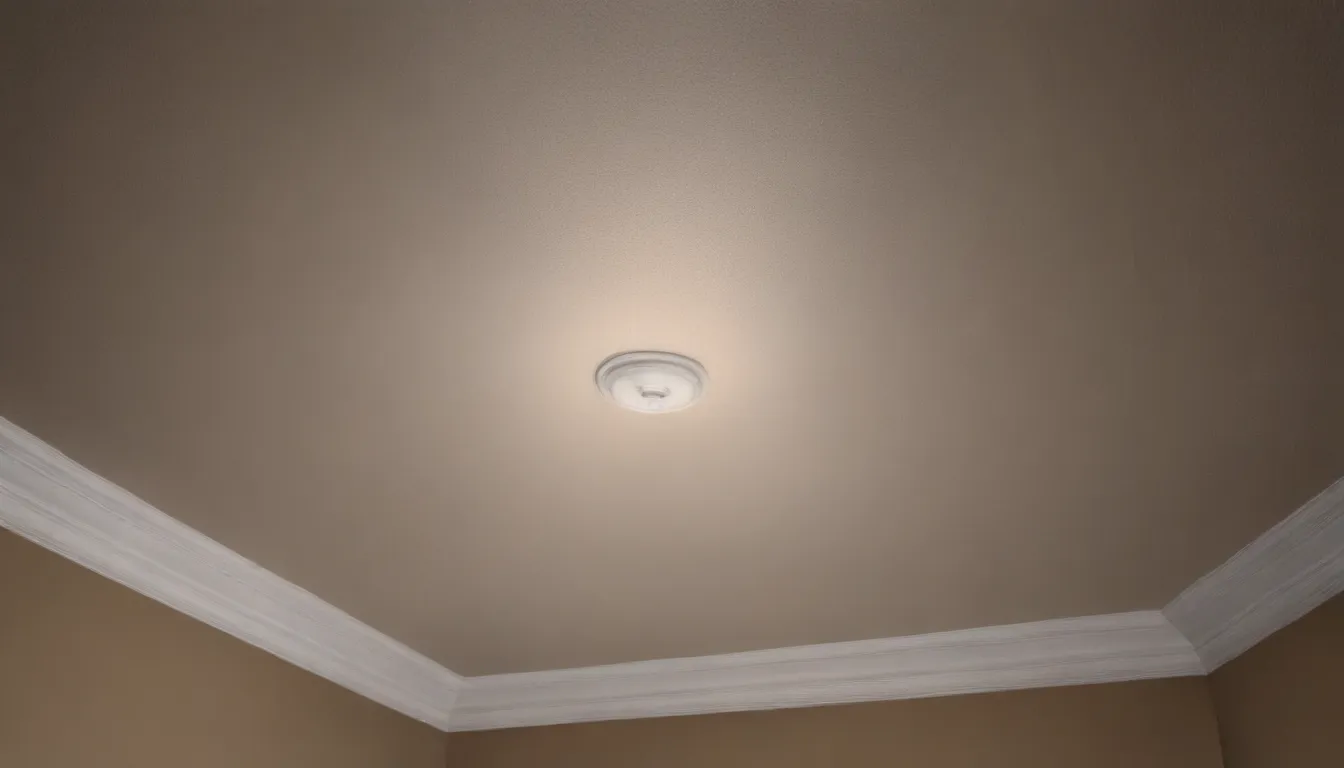
Are you on the fence about whether or not to keep your popcorn ceiling? While they may have fallen out of favor in recent years, there are actually some compelling reasons why you might want to consider embracing the popcorn look after all. In this in-depth article, we will explore the history of popcorn ceilings, the pros and cons of having one, and why you might want to think twice before reaching for the scraper. We’ll also hear from a real estate expert on the topic to gain additional insights into this controversial design choice.
What Are Popcorn Ceilings?
Popcorn ceilings, also known as acoustic or stipple ceilings, are a textured ceiling finish that resembles small bits of popcorn. These ceilings were originally developed to save time and money by eliminating the need for perfectly smooth drywall finishes. The texture of popcorn ceilings was created using various methods and materials over the years.
- 1930s to the 1980s:
- 1980s to present:
It’s important to note that while popcorn ceilings and textured ceilings may look similar, they are not the same. Textured ceilings are created using heavy drywall compound and specialized tools to achieve different textures such as stippling, combing, swirls, and more.
The History of Popcorn Ceilings
Popcorn ceilings first gained popularity in the 1920s and 1930s as a cost-effective way to reduce labor time and create a sound barrier. However, their reputation took a hit in the 1990s when it was discovered that early versions of popcorn ceilings contained asbestos, a known carcinogen. Since the passage of the Clean Air Act in 1978, popcorn ceilings are now made with safer materials.
Pros and Cons of Popcorn Ceilings
Pros
- They save time and costs:
- They hide flaws:
- The look is intentional:
- They block sounds:
- They’re paintable:
Cons
- They can contain asbestos:
- They need to be tested:
- They get dirty:
- They crumble easily:
Reasons to Keep Your Popcorn Ceilings
Aside from the cost and safety considerations, there are other reasons why you might want to think twice before removing your popcorn ceiling. For instance, older popcorn ceilings (pre-1980s and 1990s) are generally not a risk for asbestos exposure unless disturbed. If your ceilings are in good condition, there’s no need to be overly concerned.
In areas prone to natural disasters or if you’re planning a renovation, it’s a good idea to have your ceiling tested for asbestos before proceeding with any removal or abatement. While popcorn ceilings have fallen out of favor due to safety concerns, it is possible to encapsulate them rather than removing them entirely. This involves applying a specialized vinyl paint or installing new ceiling panels over the existing popcorn texture.
If you’re considering removing your popcorn ceiling, it’s important to weigh the potential costs and risks involved. On average, it can cost around $2,000 to remove a popcorn ceiling, and there’s always the possibility of uncovering asbestos during the removal process. If asbestos is present, removal can be even more costly and hazardous. However, if your ceiling is asbestos-free, it may be more cost-effective to remove or cover it up rather than risk exposure.
Expert Insights
We spoke with Jordan Fulmer, the owner of Momentum Property Solutions, based in Madison, Alabama, to gain further insights into the pros and cons of popcorn ceilings. According to Jordan, “Popcorn ceilings originated as a way to save time and money during construction, but they have since fallen out of favor due to safety concerns. However, with proper testing and maintenance, popcorn ceilings can still be a viable choice for some homeowners.”
In conclusion, while popcorn ceilings may have a controversial reputation, there are still valid reasons why you might want to consider keeping them in your home. By understanding the history of popcorn ceilings, weighing the pros and cons, and consulting with experts, you can make an informed decision on whether or not to embrace this unique design choice. Remember, safety should always be a top priority, so be sure to test for asbestos before making any decisions regarding your popcorn ceilings.
By considering all the factors and options available, you can confidently decide whether to keep or remove your popcorn ceiling. In the end, the choice is yours, but it’s essential to make an educated decision that works best for you and your home.
Sources:
- Mesothelioma Guide. Dahlgren, James G, and Talbott, Patrick J. “Lung cancer from asbestos textured ceilings: a case study.” International journal of occupational and environmental health, vol. 22, no. 2, pp. 175-8, 2016. doi:10.1080/10773525.2016.1162952
- Mesothelioma Hope. “Are Asbestos Popcorn Ceilings Safe?”
- HomeAdvisor. “How Much Does Popcorn Ceiling Removal Cost?”
